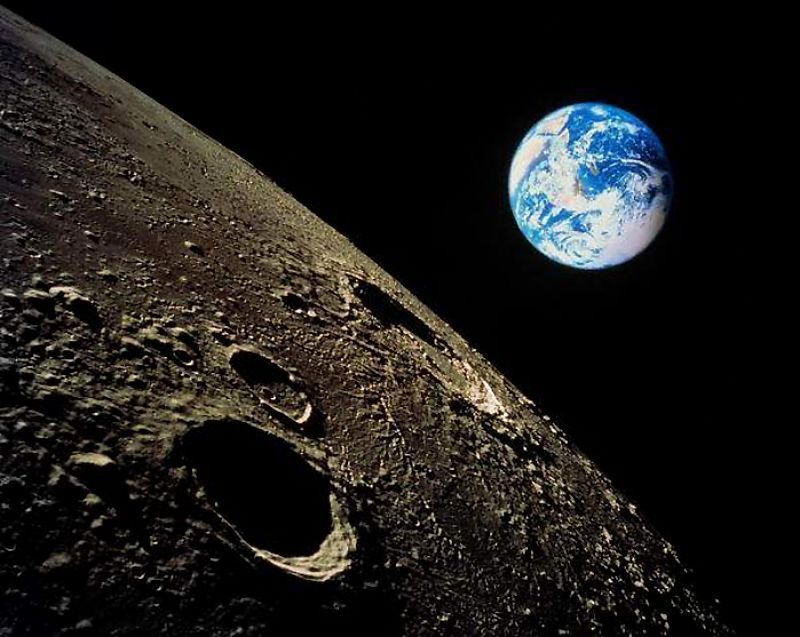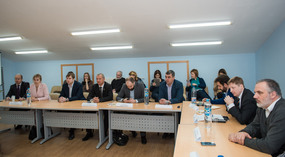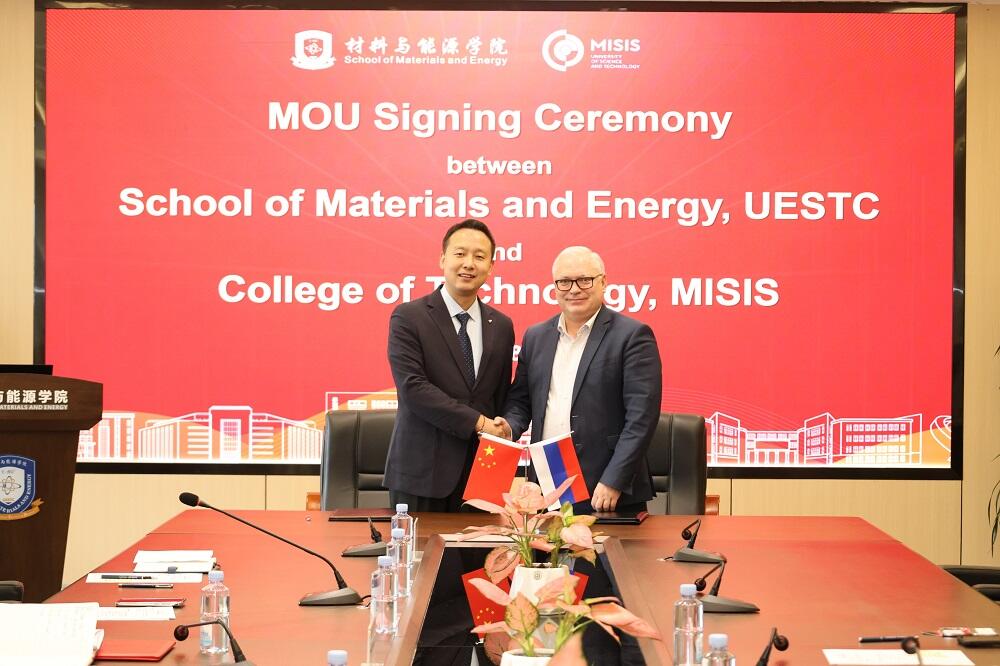At the roundtable discussion named “New opportunities of innovative development in the mining processing industry: On the question of raw materials space base developmen,” and hosted during the 25th anniversary of the International Scientific Symposium “Miner`s Week — 2017”, experts in the field discussed the opportunities for the market of space services.
Russia now occupies only 0.6% of the market for space services. At the roundtable discussion the experts from the Nonprofit Partnership “The Scientific-Educational Center for Innovative Mining Technologies”, of which NUST MISIS is one of several members, presented the project “Space Gazprom”. In the case of this project’s successful implementation, something that could take anywhere from 5 to 15 years, Russia would become one of the leaders in the field of space services.
“Conveniently, it would look like this: the station is on the Moon, and when the space satellite arrives, it gets fuelled and continues on”, explained Pavel Ananyev, the General Director of the Scientific-Educational Center for Innovative Mining Technologies.
The creation of refueling stations in space will allow the industry to increase the service life of satellites, which are quite expensive. In addition, it will be possible to treat some parts of a satellite with special physical fields. This will lead to the removal of accumulated voltage picked up during the operational process.
“We are developing the technologies which could become an alternative to terrestrial mining and processing technologies for space equipment. While there is no opportunity to operate the technology in space, we are trying to solve the current situation here on Earth. For example, through the creation of analogues of the soils of natural-space objects”, said Anna Plotnikova, a Senior Fellow at the Scientific-Educational Center for Innovative Mining Technologies.
The current technology used to create soil analogues is based on the influence of cold plasma and magnetic pulsed fields on Earth’s materials. Any developments in the field can be used to modernize these existing technologies further.
Experts are also working on the activation of astrictive substances for mining rocks to be used for the further creation of objects based on those naturally-occurring in space. Today this technology can be used to create 3D printers, which work on cement mixture.
The plasma system GAN-LP for the production of analogues of lunar soil within Earthly conditions was presented at the roundtable. The apparatus was developed by Russian scientists after more than 10 years of scientific cooperation between the Scientific-Educational Center for Innovative Mining Technologies and NUST MISIS’s College of Mining jointly researching the changes of material properties after the influence of physical fields. The creation of this installation became possible thanks to the joint initiative works of active members of the “Space Placer Miners”. The club consists of the NUST MISIS College of Mining, the Tomsk State University of Control Systems & Radioelectronics, and Tomsk State University.
The plant’s productivity will reach 50 kilograms of artificial regolith per hour. The invention will also give an opportunity for ground testing of space technology. Two experimental analogues of regolith made in Tomsk and Moscow were presented during the discussion.




